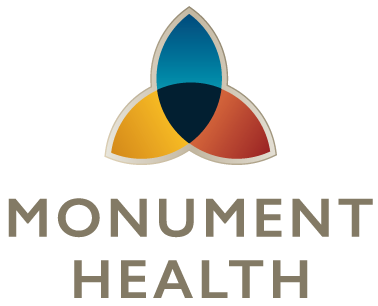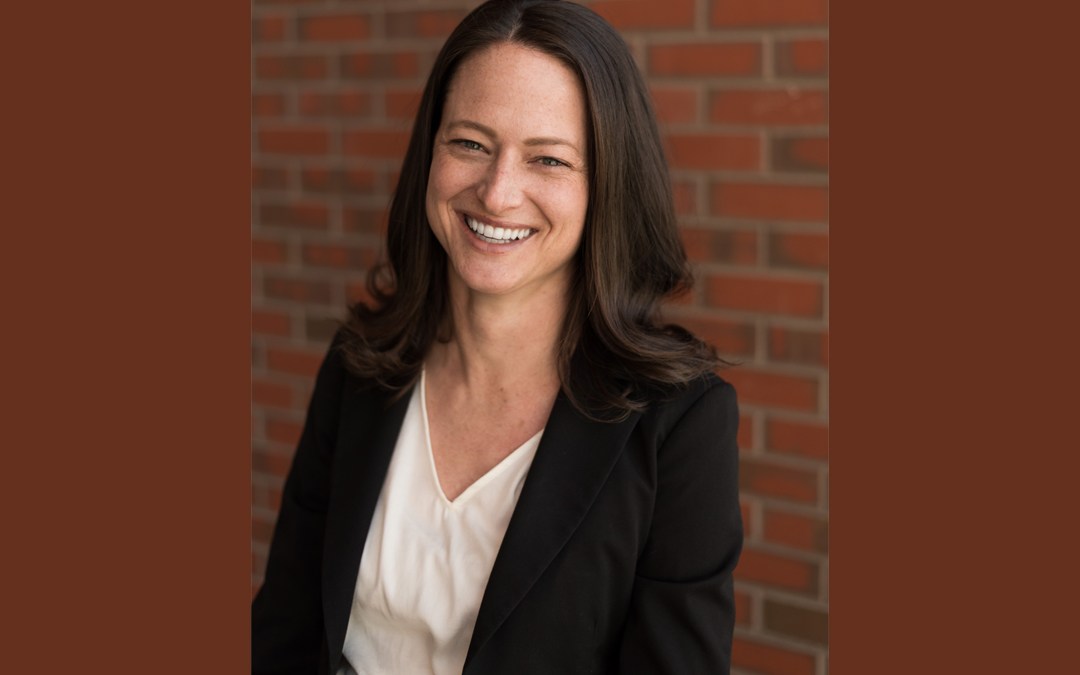by Ashley Thurow
As I lay here with an aching body but a grateful heart after my second dose of the COVID-19 vaccine, I cannot help but reflect back on this past year of our lives. Last March, a new virus hit the United States. Businesses were shuttered, schools closed, and a general fear of the unknown overtook our households and consumed our thoughts. How long would this last? How virulent was this virus? How many would die? Would life ever go back to “normal”?
Fast forward to March 2021. Collectively as a society, we have weathered so much this past year. While we can reflect back to some bright spots, the staggering death toll from this pandemic certainly overshadows all. We just flew our flags at half-mast in mourning for 500,000 lives lost in the past year due to COVID-19 in the United States. It is an incredibly sobering figure and represents a 15% increase in the national death toll; the highest increase since 1918, when the U.S. was hit simultaneously by the Spanish Flu and WWI. 500,000 deaths are the equivalent of losing one person per minute over the course of a year, or the entire population of Atlanta, Georgia (National Geographic | What 500,000 Looks Like).
Personally, this pandemic has inspired many feelings of helplessness. How can I help? Staying home, wearing a mask, helping my neighbors; it somehow hasn’t felt like enough. I’ve watched with curiosity and awe at the accomplishments of Operation Warp Speed getting vaccines developed and out into the market. For me, the efforts of Operation Warp Speed have shown if we rally around big problems in healthcare, we can create meaningful solutions quickly. Wouldn’t it be amazing to have that level of passion and engagement ongoing with regard to healthcare?
One thing we now know to be true related to COVID-19: Pre-existing conditions can directly contribute to the severity of illness. The hard truth about this fact is that many pre-existing conditions, which are also risk factors for severe COVID-19, are preventable. It’s estimated almost two-thirds of hospitalizations for COVID-19 were due to obesity, diabetes, hypertension, and heart disease. We know that good preventive care, such as seeing your doctor annually, doing routine blood work, and incorporating healthy foods and regular physical activity into one’s lifestyle can greatly contribute to an avoidance of the aforementioned conditions.
Preventive care is our passion here at Monument Health, and my dream would be for all Americans to share this passion with the common goal of improving health outcomes while reducing costs. We work with local employers, doctors, and health insurance companies to better coordinate patient care across a system that is, in many ways, fundamentally broken and expensive.
On the topic of cost reduction in healthcare, it’s hard to fathom how much COVID-19 has cost American businesses. Hundreds of thousands of small businesses have closed forever. Others have sent many employees home and spent millions on new technology (case in point: Zoom Video Communications’ stock surged 382% this year). New labor laws such as the Families First Coronavirus Response Act (FFCRA) requires paid sick leave and expanded family and medical leave. Employees have been out due to personal illness, need for quarantine, or caring for a child out of school. Employers are absolutely critical to our healthcare system, and there are many reasons why employers should engage in preventive care work There are the obvious incentives to keep employees healthy to promote attendance, reduce costs associated with disability and worker’s comp, and avoid spreading of communicable diseases within the workplace, which can have a domino impact. Could employers play a greater role, and should they?
Bringing this back within the context of COVID-19, I think the answer is a resounding “yes”—employers have an important role to play in workforce health. Imagine if more employers invested in preventive care and wellness for their employees and their spouses and dependents who are covered by the same employer-sponsored health plan. Monument Health currently engages with many employers throughout the Grand Valley to facilitate such activity, and with great results.
Employees and their dependents covered by Monument Health enjoy guaranteed access to primary care; follow-up calls after a trip to the emergency room or hospital to ensure the patient is getting back into their primary care home; biometric screenings to understand if a patient has any indicators of risk factors for new chronic diseases; and ongoing support in managing those patients that are already coping with chronic illness. A continued focus and commitment to these types of wellness activities will not only lead to cost savings on health insurance premiums but can also help us prevent the severity of COVID-19 by staving off the chronic illnesses and conditions that exacerbate COVID-19 in the first place.
When we prioritize efforts to live healthier lives, we will see immediate, positive impacts to our local business owners, employees, individuals, and communities.
Monument Health is committed to doing just that because preventive care is our passion.

Ashley Thurow
Executive Director

